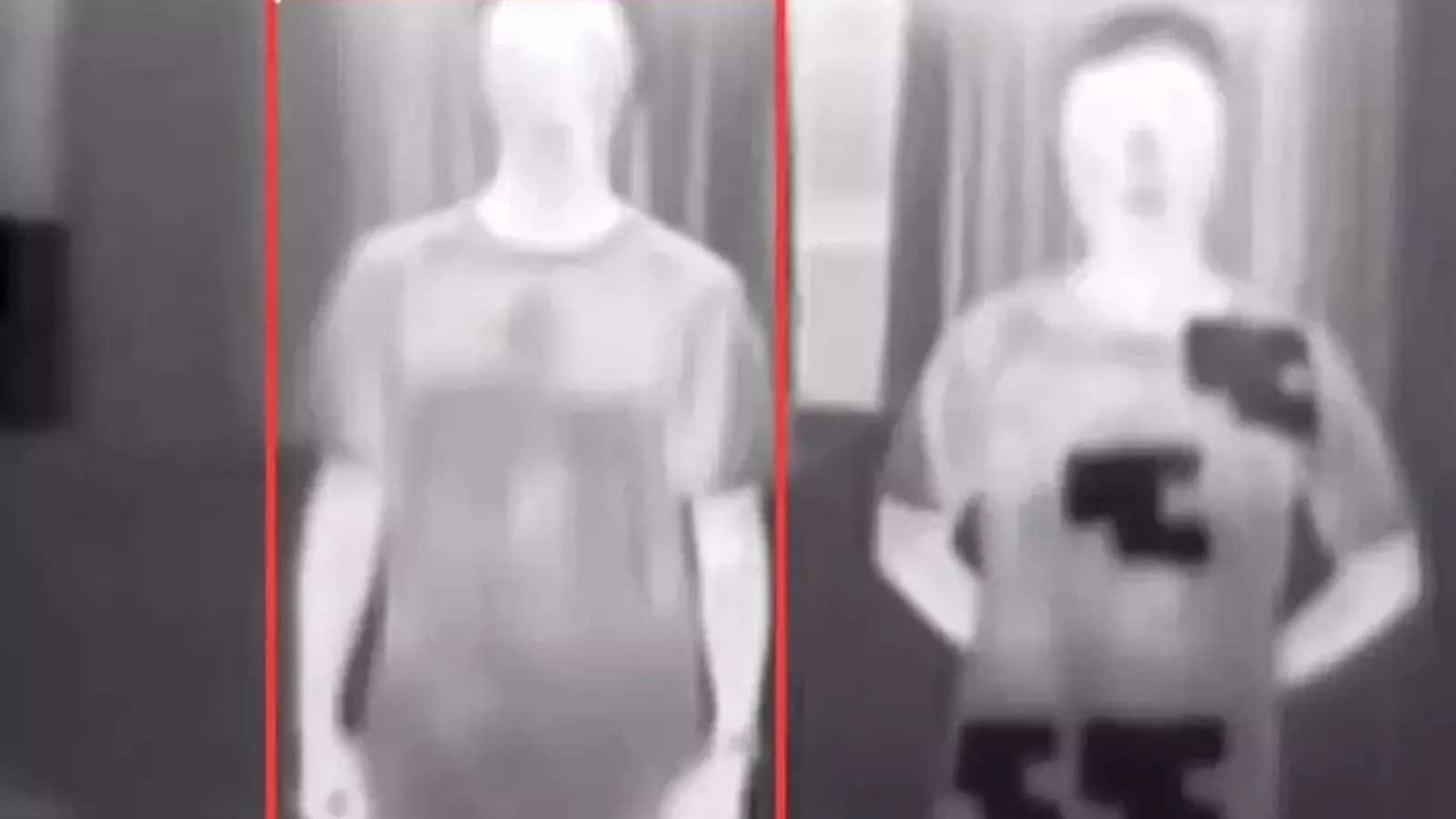China’s space programme has grown by leaps and bounds, with 2021 projected to be one of Beijing’s most successful years of the twenty-first century. The country has recently constructed an artificial moon facility to imitate lunar conditions and the environment for scientists to test new technology and future missions.
How Artificial Moon Made?
According to Li Ruilin, a geotechnical engineer at China University of Mining and Technology, the chamber, which will be filled with rocks and dust to replicate the lunar surface, is the “first of its kind in the world” and it can sustain such low-gravity conditions for “as long as you need.”

The facility, which is set to open this year, will use high magnetic fields inside a 2-foot-diameter (60-centimeter) vacuum chamber to “eliminate” gravity. An earlier experiment that employed magnets to levitate a frog inspired the scientists.
How Artificial Moon Working?
The chamber was inspired by Andre Geim, a scientist at the University of Manchester in the United Kingdom who received the satirical Ig Nobel Prize in 2000 for inventing an experiment which makes a frog float with a magnet.
The levitation trick performed by Geim and now in the artificial-moon chamber is caused by a phenomenon known as diamagnetic levitation.
Atoms are made up of atomic nuclei and small electrons that orbit them in miniature current loops, which produce tiny magnetic fields. The randomly aligned magnetic fields of all the atoms in an object, whether a drop of water or a frog, usually cancel out, and no material-wide magnetism appears.
If an external magnetic field is applied to those atoms, however, everything changes: the electrons shift their velocity, producing their own magnetic field to counter the applied field.
If the external magnet is powerful enough, the magnetic force of repulsion between it and field of the atoms will become strong enough to overcome gravity and levitate the object — whether it’s a sophisticated piece of lunar technology or a confused frog — into the air.
The results of the chamber tests will be used to advise China’s lunar exploration mission Chang’e, named after the Chinese goddess of the moon. Chang’e 4, which landed a rover on the moon’s far side in 2019, and Chang’e 5, which retrieved rock samples from the moon’s surface in 2020, are part of this effort.
Need of Artificial Moon: What it has done?
China intends to use this research facility to test instruments and technology in a low-gravity environment similar to the moon, in order to determine whether or not its experiments will be successful on the lunar surface. The research facility will also aid in determining the viability of human settlement on the moon.
China has developed an artificial moon research facility capable of decreasing gravity using magnetism. The concept is to use high magnetic fields inside a 60cm vacuum chamber to make gravity “disappear.” The research facility is expected to launch later this year.
Ongoing Moon Mission
China is currently undertaking a moon mission known as the “Chinese Lunar Exploration Program,” with its current rover and lander Chang’e 4 investigating the lunar surface. The rover recently set a record by detecting water on the moon in real time. By 2029, China aims to launch a lunar research center at the moon’s south pole.
China has already built a “artificial sun” that replicates the nuclear fusion process that occurs naturally in the sun and stars to generate nearly endless clean energy.









